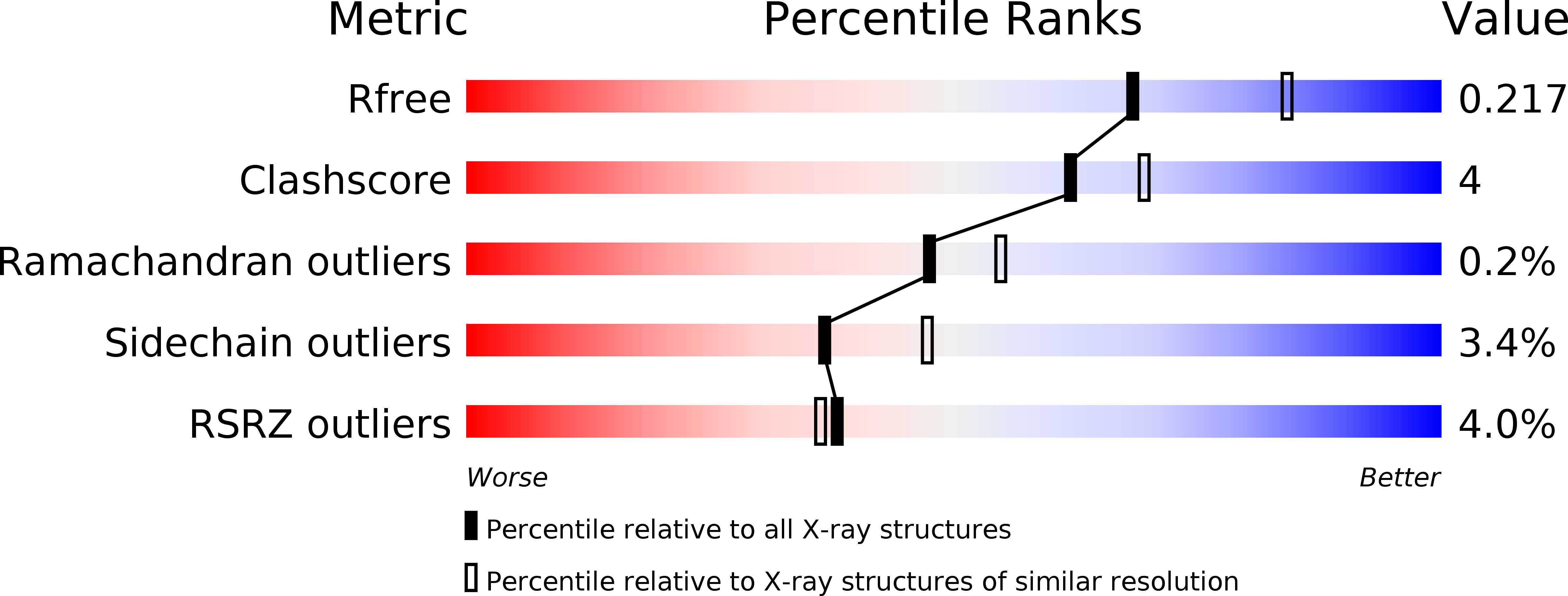
Deposition Date
2013-07-30
Release Date
2014-04-09
Last Version Date
2024-10-16
Entry Detail
PDB ID:
4LXR
Keywords:
Title:
Structure of the Toll - Spatzle complex, a molecular hub in Drosophila development and innate immunity
Biological Source:
Source Organism:
Drosophila melanogaster (Taxon ID: 7227)
Host Organism:
Method Details:
Experimental Method:
Resolution:
2.20 Å
R-Value Free:
0.21
R-Value Work:
0.17
R-Value Observed:
0.17
Space Group:
C 1 2 1


